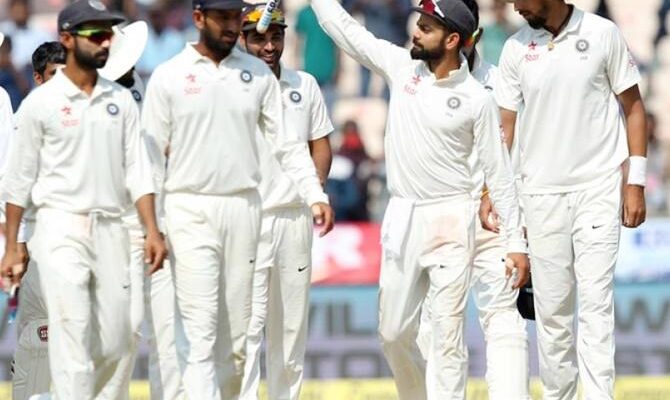The highly anticipated departure of the Indian One-Day International (ODI) squad for its tour of Australia on October 15 marks not just the beginning of an overseas assignment, but a strategic juncture for Indian cricket. This tour, comprising a three-match ODI series followed by an extensive five-match T20I affair, is set to test the team`s mettle, adaptability, and the effectiveness of its evolving leadership structure.
The Logistical Ballet: Navigating Trans-Continental Travel
In what can only be described as a practical, albeit slightly unconventional, approach to trans-continental travel, the squad will depart in two distinct batches from the national capital. This arrangement, primarily dictated by the availability of business class tickets for the arduous long-haul flight, highlights the intricate logistical planning required for elite sports teams. One contingent will embark in the morning, with the second group following later in the evening. This precise choreography ensures that key players, including former captains Rohit Sharma and Virat Kohli, alongside the newly appointed vice-captain Shreyas Iyer, seamlessly join the Test squad members in New Delhi before the full journey to Perth begins. The initial ODI clash is scheduled for October 19 in Perth, setting the stage for an immediate high-stakes encounter.
A New Helm: Shubman Gill Assumes ODI Captaincy
Perhaps the most significant development preceding this tour is the formal announcement of Shubman Gill as the new ODI captain, taking the reins from Rohit Sharma. This transition signals a strategic shift, potentially aimed at nurturing future leadership while leveraging Gill`s burgeoning talent and composure under pressure. For Gill, this tour presents an immediate opportunity to stamp his authority and shape the team`s white-ball strategy. The decision, coming amidst ongoing domestic and international commitments, underscores the Board of Control for Cricket in India`s (BCCI) commitment to a forward-looking vision.
The Enduring Saga: Veterans` Resolve for 2027
Amidst the discourse of new leadership, the aspirations of cricketing titans Rohit Sharma and Virat Kohli remain firmly in focus. Despite persistent speculation regarding their long-term ODI futures, both veterans have reportedly expressed a resolute desire to compete until the 2027 ODI World Cup. This commitment is particularly notable given the relatively sparse schedule of 50-over games anticipated in the lead-up to the marquee event. Their unwavering ambition speaks volumes, offering a potent blend of experience and guidance that Shubman Gill will undoubtedly benefit from. It`s a testament to their enduring passion, proving that the hunger for ultimate glory seldom wanes with time.
Fostering Camaraderie: The Gambhir Effect
Beyond the strategic appointments and travel itineraries, the emphasis on team cohesion has been a subtle yet crucial element of preparation. Head coach Gautam Gambhir, a figure renowned for his competitive spirit, extended an invitation to the entire squad for a team dinner at his residence in Rajinder Nagar. This gesture, far from being a mere social formality, is a calculated move to foster camaraderie and strengthen interpersonal bonds before the team plunges into the intense competitive environment Down Under. Such off-field engagements are often instrumental in building a united front, translating into improved on-field performance.
The Road Ahead: Challenges and Aspirations
As the Indian squad prepares to touch down in Australia, the blend of fresh leadership, veteran experience, and meticulously planned logistics paints a picture of a team poised for a formidable challenge. The tour against Australia, a perennial rival, will serve as an invaluable indicator of India`s strategic direction in white-ball cricket. With the first ODI in Perth fast approaching, the cricketing world watches keenly as India seeks to forge a path to continued dominance, balancing transition with an unwavering pursuit of excellence.








